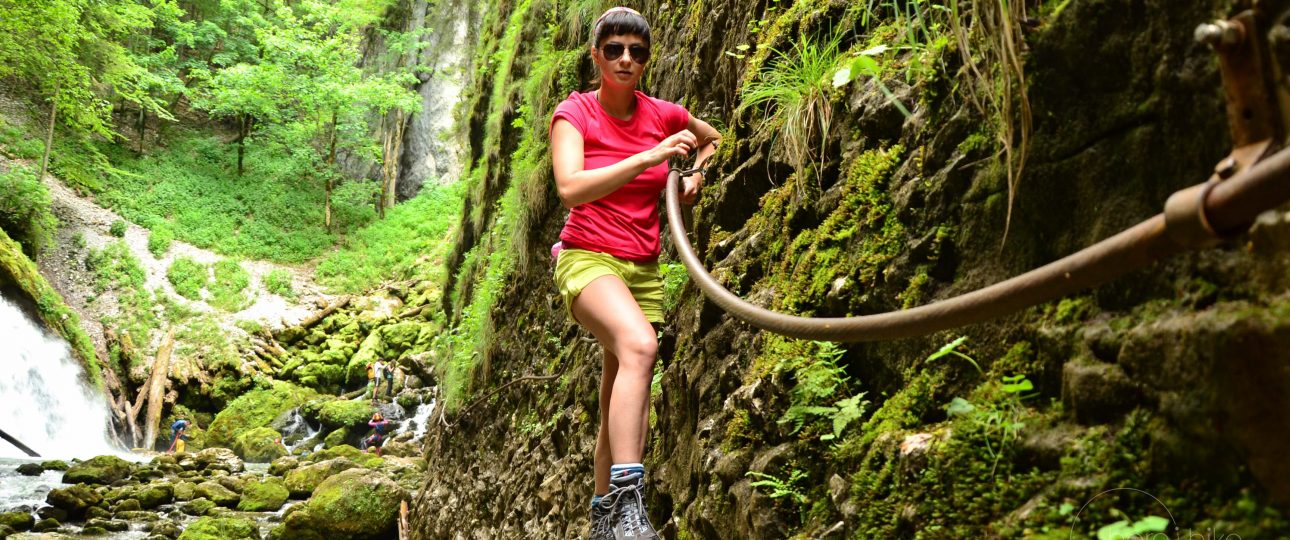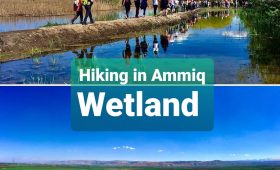Discover Apuseni Natural Park
Apuseni Natural Park, located in the western part of Romania, offers a diverse landscape of caves, gorges, and waterfalls. This park, part of the Bihor and Vlădeasa Mountains, spans over 75,784 hectares and is a protected area under Romanian law. It’s a destination for those interested in exploring natural beauty and biodiversity.
Unique Features of Apuseni Natural Park
The park is renowned for its karst landscapes, which include notable caves such as Scărișoara, Bears’ Cave, and Cetățile Ponorului. These natural formations provide a unique opportunity for exploration and adventure. The park’s biodiversity is significant, with a variety of plant and animal species, some of which are rare or endangered.
Visitors can also experience the cultural heritage of the region. The park encompasses 16 communes, with traditional villages where local customs and traditions are still practiced. This cultural aspect adds depth to the natural experience, offering insights into the local way of life.
Best Time to Visit
The ideal time to visit Apuseni Natural Park is from May to September. During these months, the weather is generally pleasant, making it suitable for hiking and outdoor activities. Spring and summer bring vibrant landscapes, while autumn offers a stunning display of colors. Winter, though cold, transforms the park into a serene snowy landscape, ideal for those who enjoy winter scenery.
Getting to Apuseni Natural Park
The park is accessible from major Romanian cities like Cluj-Napoca and Oradea. Cluj-Napoca International Airport is the closest airport, offering both domestic and international flights. From Cluj-Napoca, the park is about a two-hour drive. Public transportation options include buses and trains to nearby towns, but renting a car is recommended for flexibility and ease of access.
Exploring the Park
Once in the park, renting a car is the most convenient way to explore, especially if you plan to visit remote areas. While local buses and taxis are available, they may not cover all areas, particularly the more secluded spots. Planning your itinerary and checking transportation schedules in advance is advisable to make the most of your visit.
Notable Natural Reserves and Features
- Scărișoara Cave: Known for its underground glacier.
- Bears’ Cave: Famous for its bear fossils.
- Ghețarul Focul Viu Cave: Features a small glacier illuminated by sunlight.
- Beliș-Fântânele Lake: A reservoir offering scenic views and opportunities for water activities.
These sites highlight the park’s geological diversity and are must-visits for nature enthusiasts.




